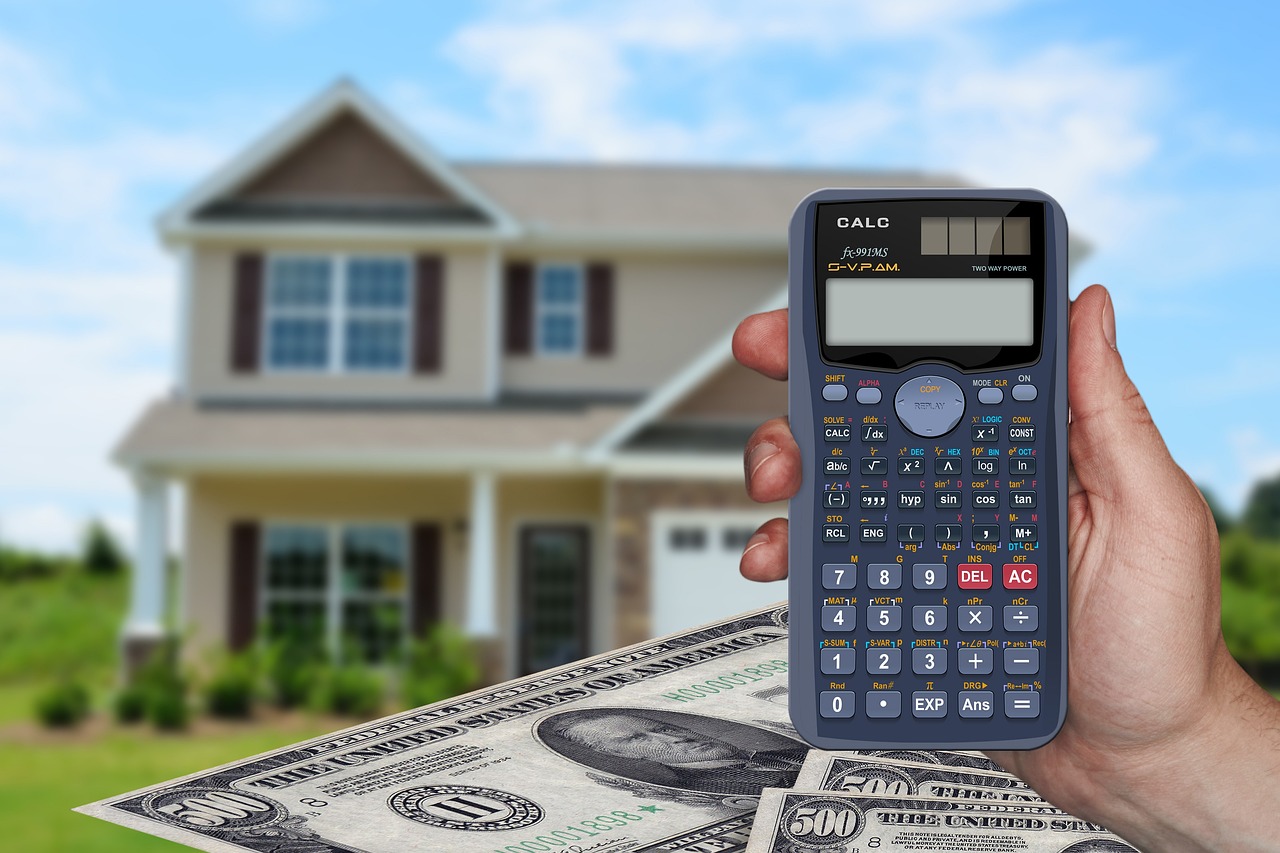Understanding How to Instantly Estimate Your Home’s Market Value in the United States in 2025
Did you know you can get a quick estimate of your home’s market value using online tools in the United States? This article explains how these instant calculators work, their data sources, limitations, and when professional valuation might be needed.

How You Can Access Online Home Value Estimates
Several automated online home value estimators exist throughout the United States that can offer an estimated value of your property. By inputting your property address or ZIP code, these calculators utilize available property records and recent real estate sales to generate a market value estimate.
Examples of widely used tools in 2025 include:
- Chase Home Value Estimator
- HomeLight Home Value Estimator
- Zillow Zestimate®
- Redfin Estimate
- Bank of America Home Value Estimator
- RE/MAX Home Value Estimate
- Realtor.com RealEstimate
These tools are generally intuitive, with some allowing customization of property features such as bedrooms, bathrooms, and square footage to modify estimates based on updates or renovations.
The Mechanism Behind Online Home Value Calculators
These calculators generally use Automated Valuation Models (AVMs), which analyze multiple data sources like:
- County auditor and tax assessor property records
- Multiple Listing Service (MLS) databases with recent sales and listings
- Historical home sales data in the local area
- Public records and user-updated property details
For example, Chase combines data from various government and proprietary sources, while Realtor.com uses data from several AVM providers to deliver a broad valuation.
The tools assess properties similar to yours by evaluating factors such as:
- Home size and total square footage
- Number of bedrooms and bathrooms
- Age of the property
- Lot size and exterior features (e.g., pool, garage)
- Local market trends and economic conditions
This data is processed to estimate a market value reflecting housing market conditions in 2025.
Obtaining an Estimate Using Your Home Address
To get an online estimate:
- Navigate to a trusted home value estimator website.
- Enter your full home address or ZIP code.
- Confirm or update property details when requested to enhance the estimate’s precision.
- Review the estimated market value alongside comparable property sales and local market information.
- Some sites may provide added details like nearby amenities or contacts for local real estate professionals.
Important Considerations Regarding Accuracy and Limitations
Although convenient, these online estimates have certain constraints to consider:
- Estimates, Not Formal Appraisals: They offer approximate values based on available data and do not replace professional appraisals or detailed Comparative Market Analyses (CMAs).
- Data Limitations: Recent renovations, interior condition, or unique characteristics may not be included if not yet publicly recorded.
- Market Changes: Sudden shifts in the local market may not be fully reflected, and some data can lag behind actual conditions.
- Typical Accuracy: Median errors usually range between about 2% and 7%, with estimates generally more reliable for homes listed on the market than off-market properties.
These calculators serve best as initial tools for gaining a general sense of home value.
When Professional Valuations Are Recommended
For important financial choices such as selling, refinancing, or tax purposes, consider:
- Consulting a Real Estate Agent: Agents can provide Comparative Market Analyses based on their expertise of local markets and in-person home inspections, often with minimal or no charge.
- Hiring a Licensed Appraiser: Professionals perform physical evaluations, verify documentation, and provide appraisal reports recognized by lenders and legal authorities.
Professional valuations deliver more accurate and tailored information compared to automated tools.
Influences on Your Home’s Market Value in 2025
Your home’s market value is shaped by a combination of:
- Internal Factors: Size, age, upgrades, condition, and features like pools or garages.
- External Factors: Local economic conditions, neighborhood improvements, school quality, amenities, and housing supply.
- Market Trends: Supply and demand, interest rates, and overall market mood.
Proper upkeep and thoughtful enhancements may increase value, while neglect or economic downturns might reduce it.
Practical Steps After Reviewing an Online Estimate
After obtaining an online estimate:
- Compare Multiple Estimates: Using several tools can help define a reasonable value range.
- Check Comparable Properties: Review suggested comparables to assess how your home stacks up.
- Connect with Local Realtors: Some sites link users with real estate professionals for personalized evaluations.
- Consider Home Improvements: Use insights to decide if renovations could boost your home’s value before selling.
- Monitor Market Trends: Staying informed aids informed financial planning and decisions.
Summary
Online home value estimators provide a fast and convenient way to get a general approximation of your property’s market value in the United States in 2025. These tools rely on extensive data and algorithms to generate estimates. While useful for initial understanding and planning, they should be complemented with professional valuations when precision is essential, such as during home sales or financial transactions.
Sources
- Chase Home Value Estimator
- HomeLight: Free Online Home Value Estimators Compared
- Bankrate: The Best Online Home Value Estimator Tools
Disclaimer: All content, including text, graphics, images and information, contained on or available through this web site is for general information purposes only. The information and materials contained in these pages and the terms, conditions and descriptions that appear, are subject to change without notice.




